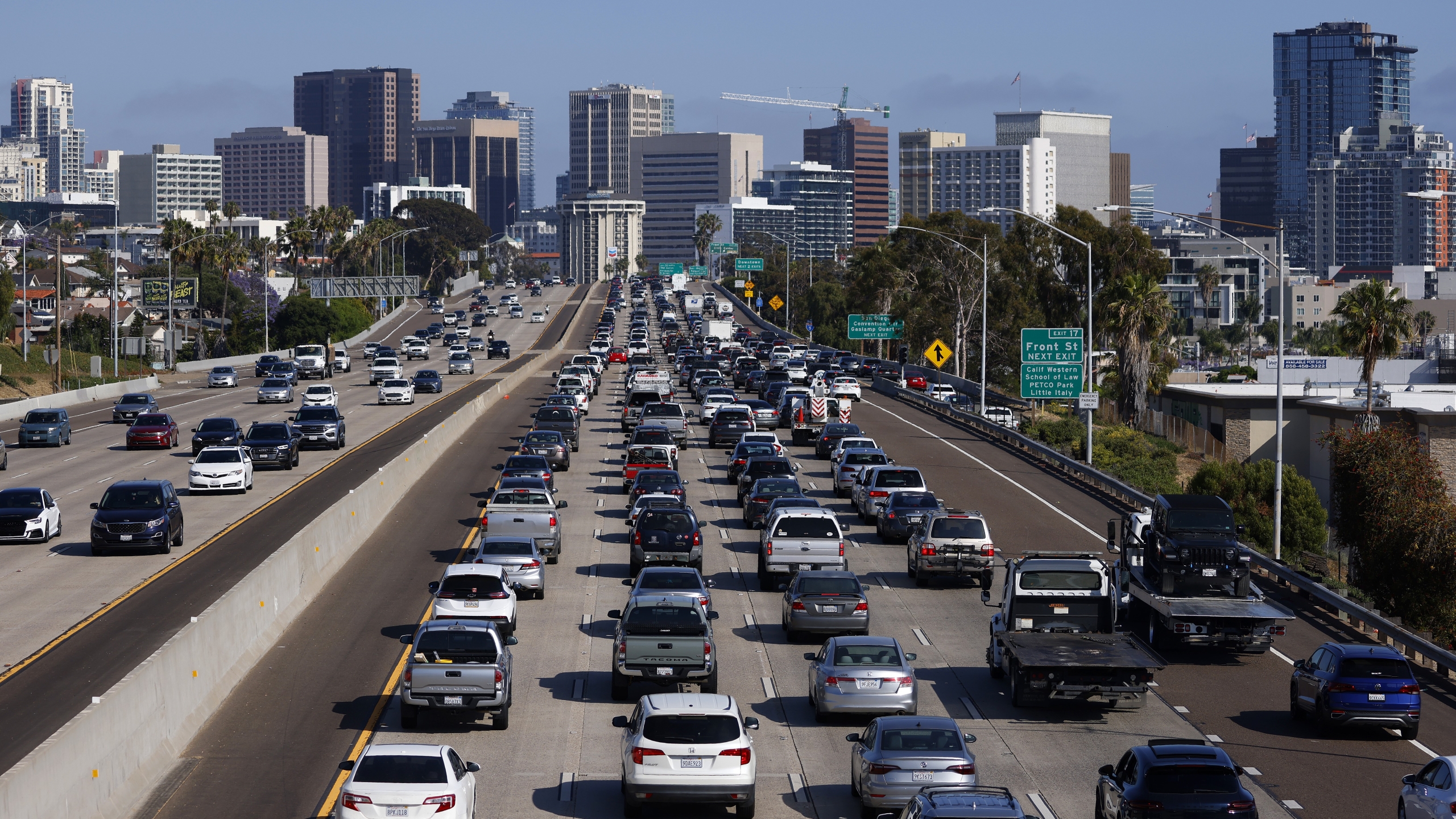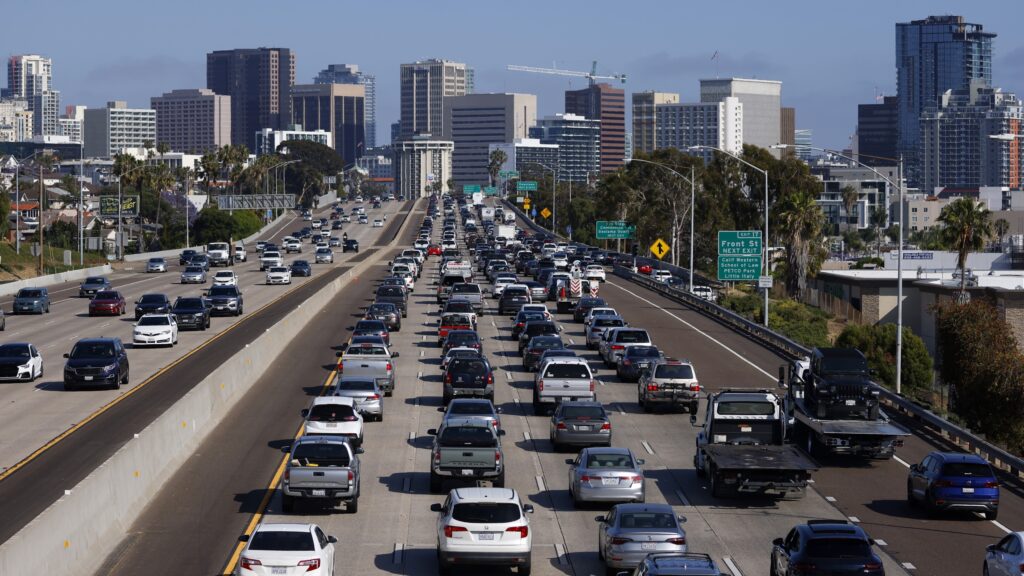
Toyota, a leader in hybrid vehicle technology, is pushing back on California’s current EV regulations, which require that 35 percent of sales of 2026 model-year vehicles be zero-emission. The automaker claims the requirement is “impossible” to achieve and needs to be reevaluated.
The California Air Resources Board (CARB) adopted its “Advanced Clean Cars 1” mandate in 2012, which affected model-year vehicles from 2015 to 2025. In 2020, an amendment, “Advanced Clean Cars II,” was announced to set standards for model years 2026-2035. Approved in 2022, this second act was more than a mere extension of the previous mandate.
The updated CARB rules not only specify that all new car sales in the state are to be 100 percent zero-emission vehicles (ZEV) by 2035 but that, ahead of the change-up, more than a third of 2026 model-year sales also had to be ZEVs. Because calendar years and model years no longer jive, 2026 cars will be available starting next year. Even though ZEVs include battery-electric, fuel cell, and some plug-in hybrid propulsion, Toyota’s argument is consumer demand simply doesn’t exist to meet the CARB standards.
“I have not seen a forecast by anyone…government or private, anywhere that has told us that that number is achievable,” said Jack Hollis, chief operating officer of Toyota Motor North America, in a CNBC report. “At this point, it looks impossible. Demand isn’t there. It’s going to limit a customer’s choice of the vehicles they want.”
So far, 12 states and Washington, D.C., have adopted CARB rules, but half will put the regulations into effect starting with 2027 models. Nevertheless, according to J.D. Power, no state has been in CARB compliance so far this year. In fact, the numbers aren’t even close to the haloed 35 percent. J.D. Power reports that, on average, the nationwide adoption of ZEVs is at a middling 9 percent.
Only three states have reached at least 20 percent of ZEV sales through October. They are California, Colorado, and Washington. Colorado and Washington have achieved 22% and 20%, respectively, of retail sales comprising EVs and PHEVs. And, yes, California does lead the way in EV sales, but only at 27 percent. Isn’t that ironic? And all of it remains a far cry from a Bloomberg forecast of 50 percent EVs by 2030.
The EV pushback isn’t just a domestic problem, either. In Europe, Italy and the Czech Republic have asked the European Union to revise its 2035 ban on ICE-equipped vehicles. So far, the only exception made by the EU’s Climate Commission is allowing the sale of vehicles that run on e-fuels, per a request from Germany. Because e-fuels are developed using captured CO2 and renewable energy, they technically can be considered emissions-free.
Toyota’s Hollis reiterates that if the CARB mandates remain unchanged, the market will essentially be in existential chaos. “It’s going to distort the industry,” he said. “It’s going to distort the business. Why? Because it’s unnatural to what the current demand in the marketplace is.”
Already, CARB states receive a disproportionate amount of EVs, and some automakers are holding back certain vehicles altogether. For example, Stellantis stopped shipping gas-only vehicles to CARB states, making ICE Jeeps and the like available only via special order.
Don’t be surprised if other automakers begin to rebuff the looming CARB mandates. Especially when the January changing of the guard involves an administration that has never been a fan of California’s emissions and fuel economy standards.


